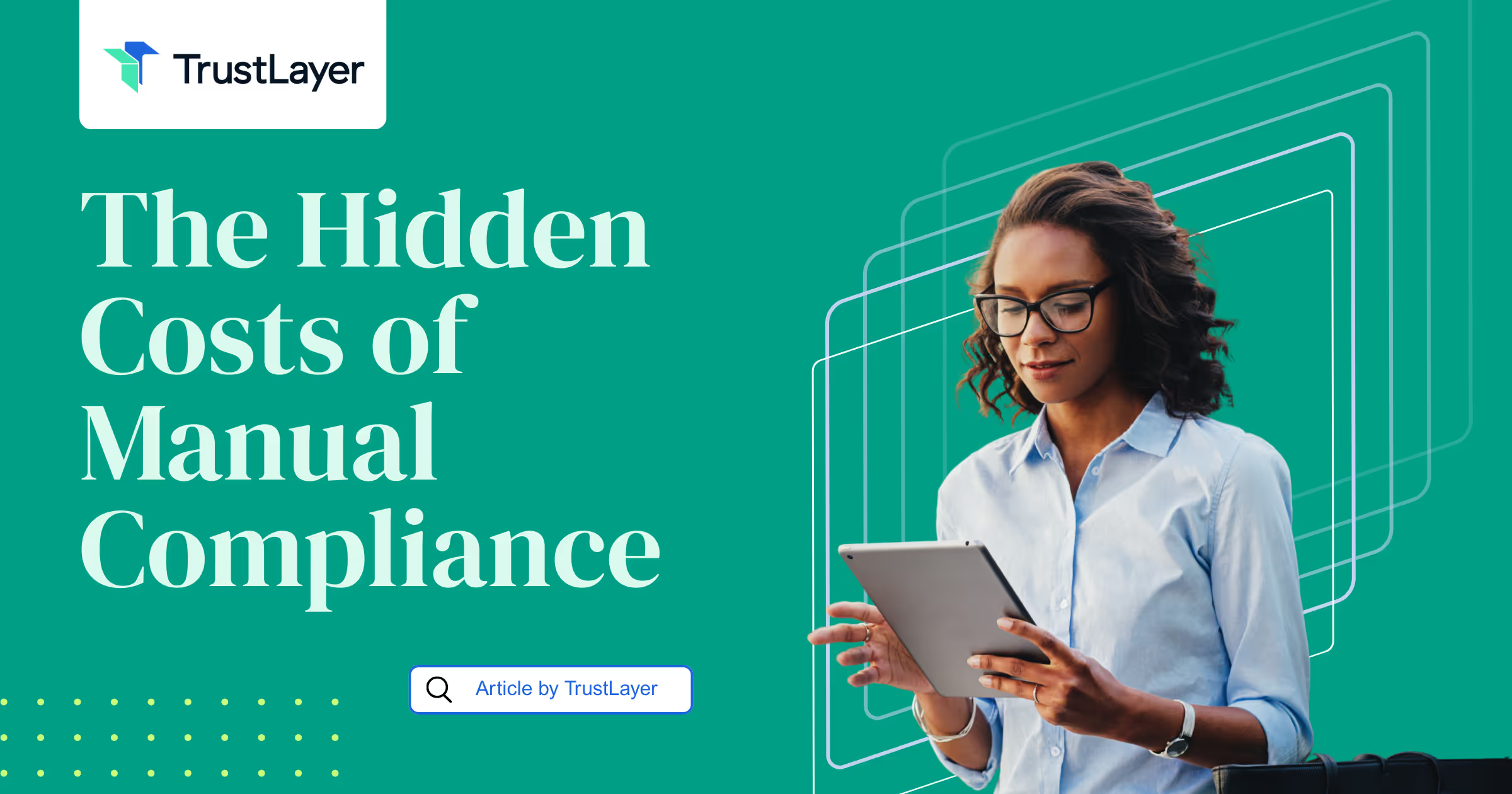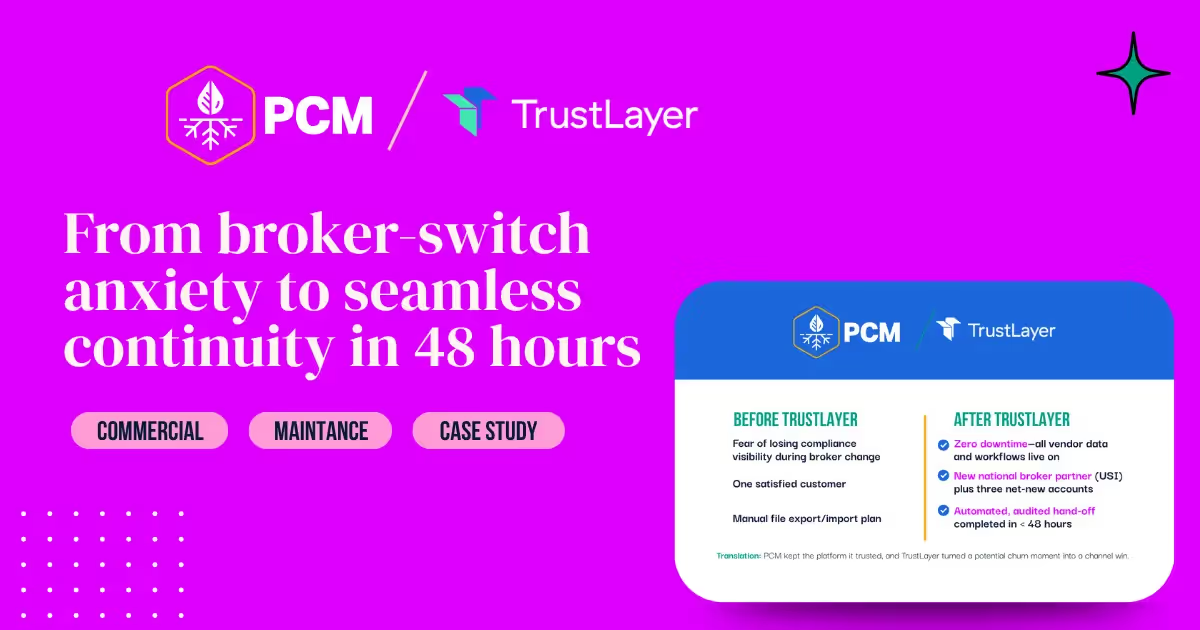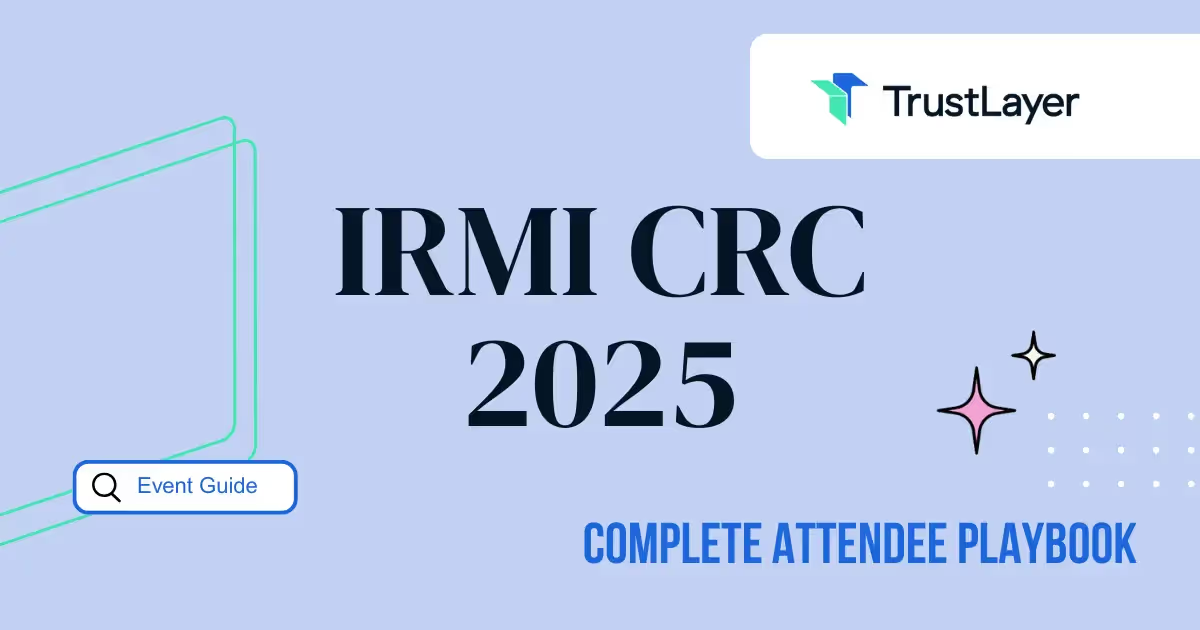How to Read a Certificate of Insurance

If you are in business, chances are you have come across a Certificate of Insurance at some point. But what exactly is it, and why is it important? In this article, we will delve into the basics of insurance certificates and break down their key components. We will also address common misunderstandings about these documents. So, let's get started and learn how to read a Certificate of Insurance!
Understanding the Basics of Insurance Certificates
Before we dive into the details, let's take a moment to understand what a Certificate of Insurance actually is. In simple terms, it is a document that provides proof of insurance coverage. It is often requested by third parties, such as clients or contractors, to ensure that the policyholder has adequate insurance protection.
What is a Certificate of Insurance?
A Certificate of Insurance is a snapshot of the insurance policies held by a business or individual. It typically summarizes the coverage, policy limits, and other important details of the insurance policy. It is not an insurance policy itself, but rather a document that confirms the existence of insurance coverage.
When you receive a Certificate of Insurance, you will find information about the insurance company, the policyholder's name, the policy number, and the effective dates of the coverage. It will also outline the types of insurance coverage provided, such as general liability, professional liability, or workers' compensation.
Furthermore, the certificate may include specific details about the policy limits, deductibles, and any additional insured parties. This information is crucial for third parties who want to verify that the policyholder has the necessary insurance coverage to protect against potential risks and liabilities.
Why Do You Need a Certificate of Insurance?
Now that we know what a Certificate of Insurance is, let's explore why it is necessary. The primary purpose of a Certificate of Insurance is to provide proof of insurance coverage to third parties. For example, if you are a contractor working on a construction project, your client may require you to provide a Certificate of Insurance to ensure that you have the necessary liability coverage.
By requesting a Certificate of Insurance, the client can verify that you have the appropriate insurance coverage before allowing you to start the project. This helps protect the client from potential liability claims that may arise during the course of the work.
Additionally, a Certificate of Insurance can help protect your business from potential liability claims. By having proper insurance coverage in place and providing proof of it through a Certificate of Insurance, you can demonstrate that you have taken steps to mitigate risks and protect yourself and others.
Moreover, a Certificate of Insurance can also be beneficial when entering into contracts or agreements with other businesses. It provides assurance to the other party that you have the necessary insurance coverage to fulfill your obligations and responsibilities under the contract.
Furthermore, some industries have specific regulatory requirements that mandate businesses to maintain certain types and levels of insurance coverage. In such cases, a Certificate of Insurance becomes essential to demonstrate compliance with these regulations.
In conclusion, a Certificate of Insurance serves as a vital document that provides proof of insurance coverage and helps protect both the policyholder and third parties from potential risks and liabilities. It is a valuable tool in the world of insurance, ensuring transparency and peace of mind for all parties involved.
Key Components of a Certificate of Insurance
The first section of a Certificate of Insurance contains information about the policyholder. This includes the name, address, and contact details of the business or individual that holds the insurance coverage. It is essential to review this section carefully to ensure that the policyholder's information is accurate and up to date.
Furthermore, the policyholder's information provides a crucial starting point for any insurance claim. In the unfortunate event of a loss or damage, having accurate and up-to-date information about the policyholder ensures a smooth claims process. It allows the insurance company to easily identify the policyholder and verify their coverage, expediting the resolution of the claim.
Insurance Company's Information
In the next section of the certificate, you will find details about the insurance company providing the coverage. This includes the name, address, and contact details of the insurance company. It is important to verify this information to ensure that you are dealing with a reputable insurance provider.
Verifying the insurance company's information is crucial for several reasons. Firstly, it allows you to confirm the legitimacy of the insurance coverage. By checking the company's address and contact details, you can ensure that they are a registered and authorized provider. This helps protect you from fraudulent or untrustworthy insurance companies.
Secondly, knowing the insurance company's information enables you to establish direct communication with them. This can be valuable when seeking clarification on policy terms, submitting claims, or addressing any concerns or questions you may have. Having a reliable point of contact ensures a smooth and efficient communication process, enhancing your overall experience with the insurance company.
Coverage Details
The heart of the certificate lies in the coverage details section. Here, you will find a breakdown of the specific types of coverage included in the policy. This may include general liability, property damage, workers' compensation, or other types of insurance. It is crucial to review this section carefully to understand the extent and scope of your insurance coverage.
Understanding the coverage details is essential for making informed decisions about your insurance needs. By reviewing this section, you can assess whether the policy adequately covers your specific risks and liabilities. It allows you to identify any potential gaps in coverage and take appropriate measures to address them, such as purchasing additional policies or riders.
Moreover, comprehending the coverage details helps you navigate the claims process effectively. By knowing the specific types of coverage included in your policy, you can determine which coverage applies to a particular claim. This knowledge ensures that you submit accurate and relevant information to the insurance company, increasing the chances of a successful claim settlement.
Policy Limits and Deductibles
In the last section of the certificate, you will find information about the policy limits and deductibles. Policy limits refer to the maximum amount the insurance company will pay for a covered loss. Deductibles, on the other hand, are the amount that the policyholder is responsible for paying before the insurance coverage kicks in. It is crucial to understand these limits and deductibles to ensure that you have adequate coverage for potential claims.
Knowing the policy limits and deductibles is vital for managing your insurance expectations and financial responsibilities. By understanding the maximum amount the insurance company will pay, you can evaluate whether it aligns with your potential risks and liabilities. This knowledge allows you to make informed decisions about your coverage needs and consider adjusting your policy limits accordingly.
Similarly, comprehending the deductibles helps you plan for potential out-of-pocket expenses in the event of a claim. By knowing the amount you need to pay before the insurance coverage applies, you can budget and prepare accordingly. This understanding ensures that you are financially prepared to fulfill your obligations and receive the full benefits of your insurance coverage.
How to Read a Certificate of Insurance
When it comes to understanding the ins and outs of insurance, reading a Certificate of Insurance is a crucial skill to have. This document provides important information about the coverage and protection offered by an insurance policy. While it may seem overwhelming at first, breaking it down into sections can make it easier to comprehend and analyze.
Understanding the Insured Party Section
One important aspect of reading a Certificate of Insurance is understanding the insured party section. This section specifies who is covered by the insurance policy. It may include the policyholder, additional insured parties, or both. It is essential to review this section carefully to determine who is protected under the policy and who is not.
For example, if you are a contractor working on a construction project, the insured party section will indicate whether you, as the policyholder, are covered, as well as any additional parties that have been added to the policy. This could include the project owner, subcontractors, or other entities involved in the project.
Understanding the insured party section is crucial because it helps you identify the scope of coverage and the parties that are protected in case of any unforeseen incidents or claims.
Deciphering the Coverage Types
The next step in reading a Certificate of Insurance is deciphering the coverage types. As mentioned earlier, the certificate will outline the different types of coverage included in the policy. Take the time to review and understand each coverage type. If there are any unfamiliar terms or coverage types, don't hesitate to reach out to your insurance agent for clarification.
For instance, common coverage types include general liability, property damage, workers' compensation, and professional liability. Each coverage type provides protection against specific risks and liabilities. By understanding these coverage types, you can ensure that you have adequate protection for your specific needs.
Moreover, it is important to note that the coverage types mentioned in the Certificate of Insurance may vary depending on the nature of the policy and the industry it serves. Therefore, it is crucial to carefully review this section to ensure that you have the right coverage for your specific circumstances.
Interpreting Policy Limits and Dates
The final piece of the puzzle when reading a Certificate of Insurance is interpreting the policy limits and dates. As discussed earlier, the policy limits specify the maximum amount the insurance company will pay for covered losses. Dates indicate the effective dates of the policy. It is crucial to pay attention to these details to ensure that your coverage is valid and appropriate for the duration of your project or business activities.
Understanding the policy limits is essential because it helps you determine the extent of coverage and the financial protection provided by the insurance policy. For example, if your policy has a liability limit of $1 million, it means that the insurance company will pay up to $1 million for covered claims or damages.
Similarly, the dates specified in the Certificate of Insurance are important as they indicate the period during which the coverage is in effect. It is vital to ensure that the policy dates align with your project timeline or the duration of your business activities. This will ensure that you are adequately covered throughout the entire period and avoid any gaps in coverage.
By interpreting the policy limits and dates accurately, you can make informed decisions about your insurance needs and ensure that you have the appropriate coverage in place.
Common Misunderstandings About Certificates of Insurance
Now that we have covered how to read a Certificate of Insurance, let's address some common misconceptions associated with these documents.
Certificate of Insurance as a Contract
One common misunderstanding is that a Certificate of Insurance serves as a contract between the policyholder and the insurance company. However, this is not the case. A Certificate of Insurance is simply a document that provides proof of insurance coverage and does not establish any contractual relationship.
Misconceptions About Coverage
Another common misconception is that a Certificate of Insurance guarantees coverage for all possible claims. While having insurance coverage is important, it is essential to review the specific terms, conditions, and exclusions of the policy to understand what is covered and what is not. A Certificate of Insurance should not be regarded as a comprehensive representation of the policy's coverage.
In conclusion, understanding how to read a Certificate of Insurance is vital for any business or individual who holds insurance coverage. By familiarizing yourself with the key components and common misconceptions, you can ensure that you have the necessary protection and can provide proof of it when needed. So, take the time to review your Certificate of Insurance and consult with your insurance agent if you have any questions or concerns. Stay informed, stay protected!
















